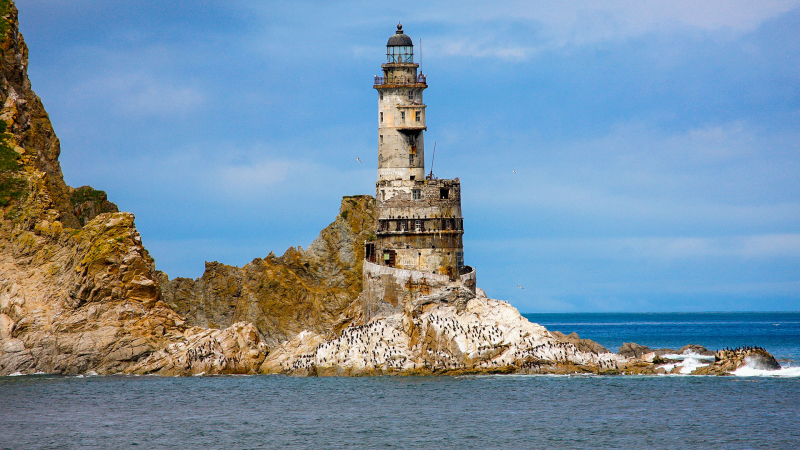Sakhalin island
Sakhalin is sometimes regarded as the "end of the world" island. Half of Sakhalin belonged to Japan after the Russian–Japanese conflict of 1905, and the other half to Russia. Following WWII, the entire island was annexed by the Soviet Union. Sakhalin is now part of the Russian Federation and is the country's largest island.
Sakhalin has a population of about 500,000 people. One-third of the population lives in Yuzho-Sakhalinsk, the island's largest city. The island's winter lasts 7 to 8 months, and the island's brief summers are usually cold and windy. Sakhalin is wealthy in oil, gas, gold, and coal, with some of the world's largest offshore oil and gas operations. Nonetheless, there are a number of huge preserves with pristine animal sanctuaries and ecotourism resorts.
The Sakhalin Regional Museum is housed in a pagoda-style edifice in Yuzhno-capital. Sakhalinsk's Indigenous artifacts and a large paleontology collection are on display. The Chekhov Book Museum, located nearby, is dedicated to writer Anton Chekhov's time on the island. The Sakhalin Art Museum, housed in a grand 1930s edifice, specializes in 19th-century Russian art.
Location: Russian Far East, Northern Pacific Ocean
Population: 489,638
Area: 72,492 km²













